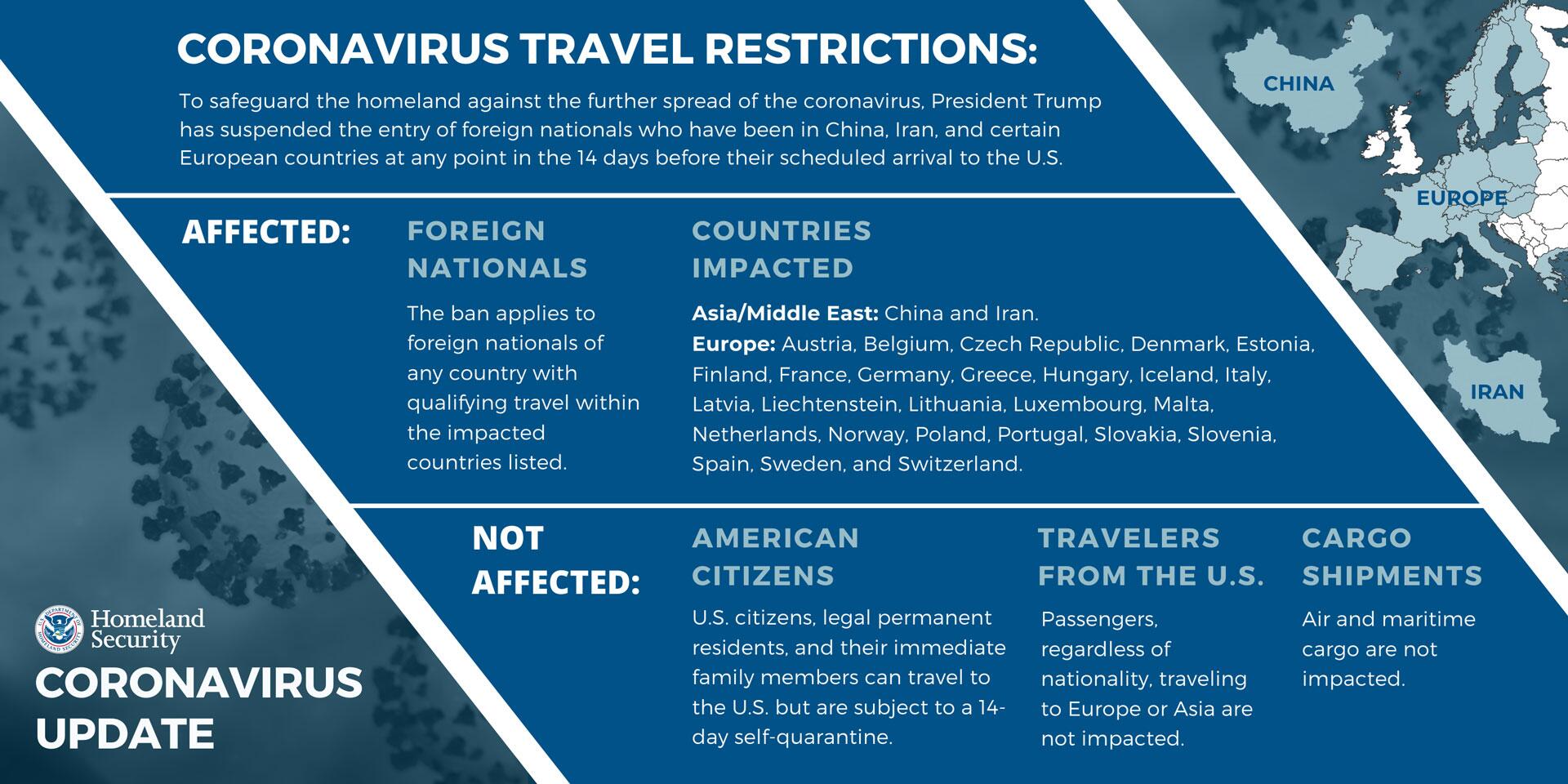The U.S. Centers for Disease Control and Prevention (CDC) has updated its guidance (also available in full below) regarding large group gatherings and events in light of the ongoing effort to combat the spread of coronavirus in the country. The new CDC guidance recommends against holding any events or group gatherings of 50 or more people across the U.S., and notes that this guidance applies for at least the next eight weeks.
The updated guidance, issued on Sunday night, also indicates that gatherings (of any size) should only take place provided that they can do so while also honouring the recommendations that exist around limiting exposure to especially vulnerable populations, as well as those around hand hygiene (hand washing and sanitization) and social distancing (increasing personal space to lower the chances of transmission from an infected individual).
As with less stringent, earlier guidance against larger group gatherings, the CDC notes that this guideline should not be considered to apply to the “day to day operation of organizations such as schools, institutes of higher learning, or businesses.” Nor, the CDC says, is it meant to “supersede the advice of local public health officials.”
It is meant to slow the pace of transmission, and to reduce the chances of introduction of the virus to communities where it isn’t present, the agency says. Social distancing and isolation are the best possible course for reducing the impact of the current coronavirus pandemic to levels even approaching manageability by health care professionals, according to all experts qualified to advise on the subject.
Despite the qualification in this CDC guidance regarding the suspension of school operations and businesses, many of these measures are being implemented at the local and state level. New York City public schools will be shut down as of next week, Mayor Bill de Blasio’s office announced on Sunday after mounting pressure to follow a number of other states in this measure, and multiple other states have introduced measures to close or limit the operating hours and capacities of restaurants and bars this weekend as the situation continues to evolve.
This new guidance extends through April and into May, which is longer than a lot of the existing tentative end dates for existing social distancing and coronavirus-related travel restriction measures put in place by private companies and event organizers. It’s clear from this modification of its advice on the matter that the CDC anticipates greater impact for longer durations, at least when it comes to high-risk situations like densely packed groups of many individuals including conferences, concerts and trade shows – but extending even to much smaller gatherings like weddings and large birthday parties.
Despite many new efforts to limit group gatherings, this past weekend saw both a fair number of revellers gathering to celebrate St. Patrick’s Day, flying in the face of the good advice of experts, and major backlogs at airports caused by arrivals waylaid by a more stringent, but also more confused and potentially dangerous federally-instituted screening process for arriving passengers at major airports.

